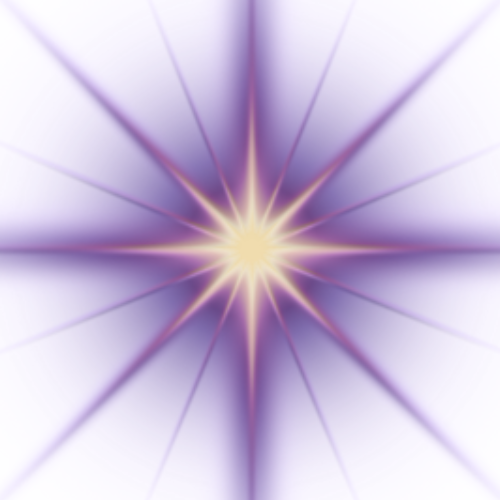At the end of Under the Stone Paw, the characters who are carrying crystal keys go into the temple beneath the Sphinx and they all slip into a higher state of consciousness. I describe it this way: “Just as a river surrenders to the sea, all their limitations simply washed away. A door opened in their unified mind, an ancient door containing certain knowledge.”
At the beginning of Beneath the Hallowed Hill, Michael asks Anne if she misses being in that state of consciousness: “In the temple, when we all merged, that moment of—” he searched for the right word, “—illumination.” Anne turned back to the road. Now they were driving through a tunnel of trees. “It was real, then.” Michael nodded.
All the spiritual traditions agree with Michael. Humans can experience enlightenment. When I was studying to become a meditation teacher, I learned a simple way to describe different states of consciousness in terms of the objective measurements of the physiology and the subjective
human experience. In other words, a physiologist could read our measurements in another room and know which state of consciousness we are likely experiencing.
Let’s start with the ones we’re most familiar with. In waking state, the brain expressed beta waves, our blood pressure, heart rate and oxygen consumption is at an active rate. Objectively, we experience what we call the real world, external reality.
In the sleeping state of consciousness, the brain goes into theta and delta waves. The heart rate slows, along with blood pressure and oxygen consumption. Objectively, we are not aware of anything. During dreams, the brain goes into alpha and the heart rate and other measurements can rise. We also experience rapid eye movement. Subjectively, we experience our own private movie. Humans don’t call this the real world, but
think of dreams as messages from our deeper selves. Of course, this can be more complicated, but for now, that’s enough.
Maharishi, my meditation teacher, talked about other states of awareness, starting with transcendental consciousness. This is that state we sometimes reach in mediation or listening to music or sitting in nature where the mind quiets down completely and merges with the larger divine consciousness that we are all an expression of. In this state, our brain waves are synchronous across the hemispheres, a very rare occurrence, and we experience alpha and theta waves. Our body’s activity slows to a deep state of rest. The breath rate slows and breathing is shallow. The heart beats very slowly. Yet subjectively, we are cmpletely awake, but the mind is quiet. We are not aware of anything. We become Awareness itself.
The purpose of meditation, contemplative prayer, and other spiritual practices is to reach a state in which this connection with the root awareness of the universe is constantly there. We do not lose touch with it again. Our individual awareness floats like a small boat on top of the ocean of universal consciousness. Subjectively, we feel whole. What we need to know is delivered to us through that universal awareness. Our actions are in harmony with the laws of nature. Maharishi called this Cosmic Consciousness.
Many spiritual traditions discuss this state of consciousness. Rumi and the Sufis call the Divine Consciousness the Beloved and writes eloquently and poignantly of the human yearning to unite with the Divine Beloved. “A craftsman pulled a reed from the reedbed, cut holes in it, and called it a human being. Since then it has been wailing a tender agony of parting, never mentioning the skill that gave it life as a flute.” We yearn to reconnect.
Christ said, ”Verily, verily, I say unto you, He that believeth on me, the works that I do shall he do also; and greater works than these shall he do.” Western metaphysics speaks of the individual consciousness climbing the Tree of Life like a snake (kundalini) and finally resting its head just beneath the Crown, the great I Am presence.
The spiritual traditions agree. Enlightenment is your birthright. That’s why I love exploring higher states of consciousness in ordinary humans in my novels.

Recent Comments